Update: all of this led to an actual app called PiCal
As a kid, it took me forever to get my head around reading analogue time. Everything else was metric, base 10, and then suddenly there was this system in segments of 12, 60, 30, 15, and 5. What was this, base 3? Why were there fives in it?
The math of it seemed both significant and arbitrary:
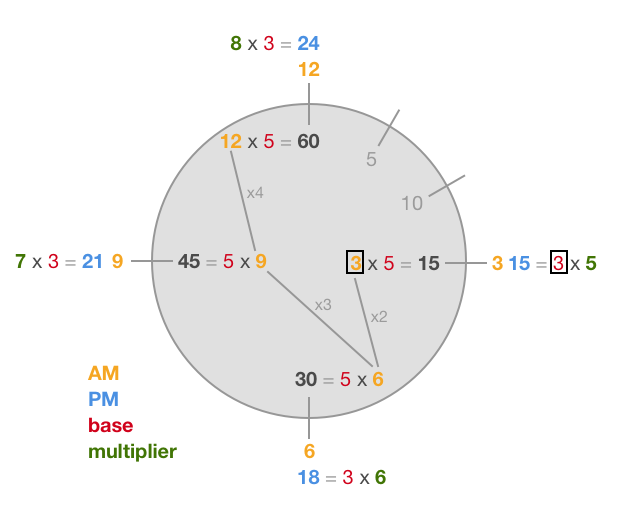
But as a kid all of this was just a massive distraction from using it to simply say what time it was. (I've also had and maybe still have some form of numerical dyslexia/synaesthesia, which probably contributed as well) The day did not match where the hands were, visually. Everything seemed arbitrary, the mixing of fives and threes, the division of the day at a point past where the day had already begun.
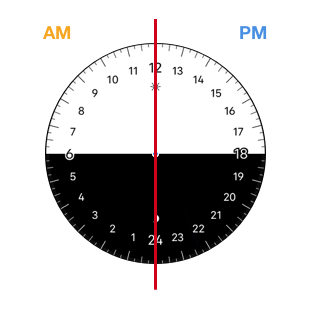
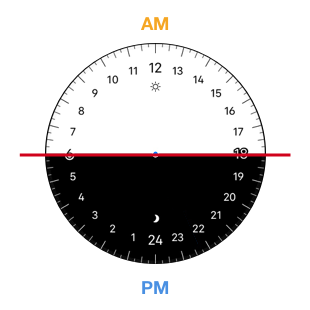
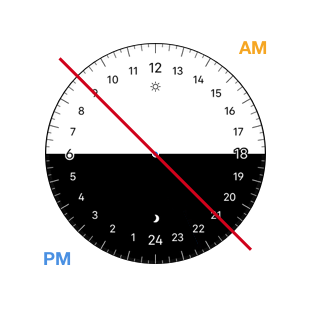
24 hour time
Later on I found out about 24 hour watches, which made a lot more sense to me. The face is like the globe seen from the top as it turns, or like a horizon as the sun rises and sets.
This opens up a lot of possibilities. For example, you can follow multiple timezones at once. I messed around with this idea as a physical international project clock where the face turns, showing time of day as light or dark, and the hands of the clock, representing time zones, are drawn as needed on the plexiglass cover:
The lovely iOS "World Clock" app below does an even nicer job of this (it's incredibly annoying that Apple doesn't allow custom watchfaces on the AppleWatch).
24 hour clocks in digital form also introduce the possibility of showing a day's appointments around the watchface. For some reason, however, no smartwatch I currently know of gives developers this kind of access to the user's calendar data.
Samsung Galaxy Watch has a My Day watchface, but it's 12 hours and locked-down native to the system, so no mods (or time zones) possible:
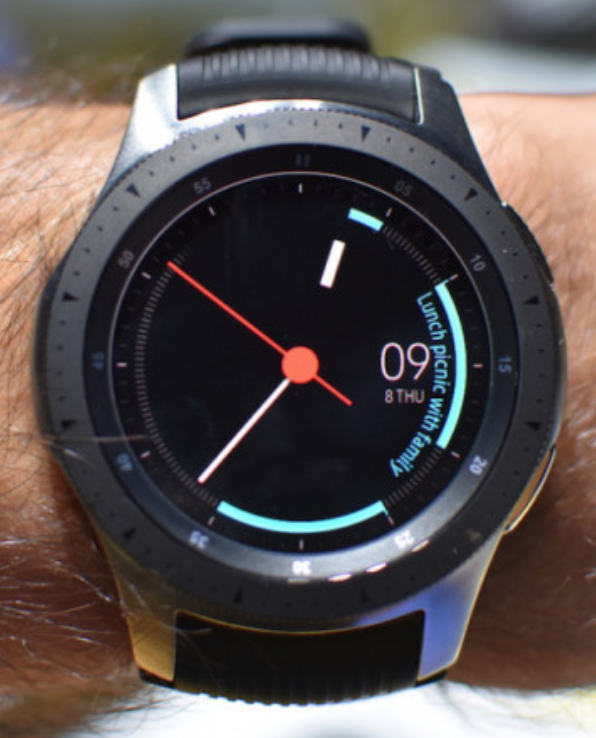
This seems a strange oversight. When we look at our watches, we're inevitably comparing the current time to a memory of the time of our next appointment, and making an estimate of the difference between them. Why not show both in the same space? Or indicate time left till the next appointment in an analogue way? (pop-up notifications for this are the current solution) Why is this still so rare?
The noon-to-midnight conceit
Trying to explain time to my children has brought up new perspectives. Why have we split the day noon to midnight? It makes astronomical sense, but does it make human sense?
It must be to split daytime from nighttime, they said.
But the day does not begin at noon, and the night does not begin at midnight. For a child whose day begins at school at 9 and goes to bed at 21, this might make more sense:
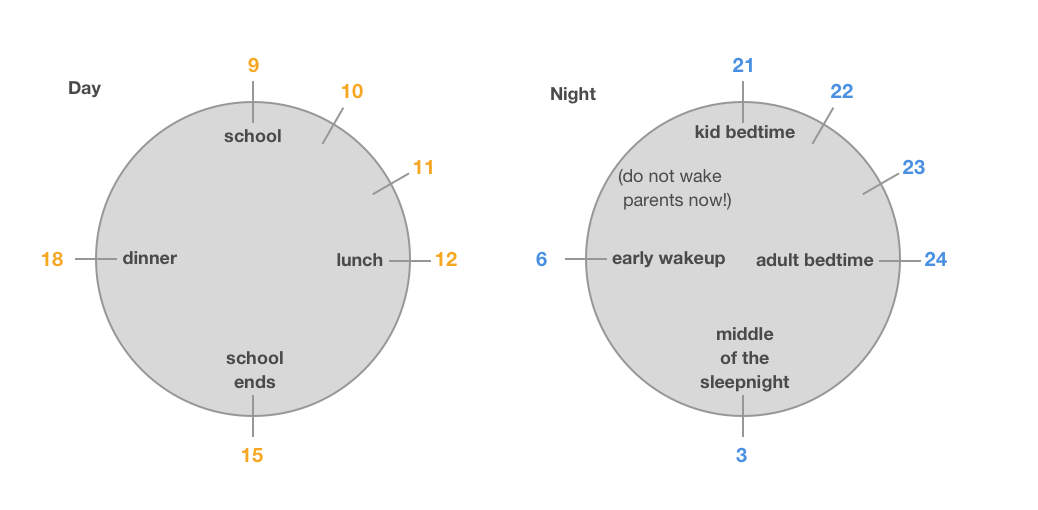
Watchface options in smartwatches
When the Apple Watch came out, I expected the company of Think Different to have at least one watchface that reinvented time (instead of, say, another Disney character tie-in.). Screens offer so many interesting possibilities!
A common criticism of opening up your watch OS to allow custom watchfaces is that you end up with a vast sea of crap. I suspect this is due to a few factors:
- Tools to make watchfaces are limited by how hardware companies think about time, and therefore by what access they provide to what.
- Some manufacturers are stuck on the idea that a digital watchface should look like a copy of a physical watchface. This introduces obvious limitations, and the end result rarely looks good; screens with enough detail to make this sort of skeuomorphism look decent also eat so much battery life if they're left always-on that they're usually left off anyway. What's the fashion utility of a Rolex-like face which is a dark disc most of the time?
- Many devs have no sense of design and most tools to create watchfaces are too technical for most designers.
Possible solutions:
- Give watchface makers access to all the data you can. You don't know what they might use it for. Allow for things like 24 hour rotation.
- Provide examples of company-made watchfaces that show an alternative view that take advantage of the mutable nature of screens, in additional to more traditional fare. Hire digital designers, infodesigners, and digital artists, not just watch designers.
- Provide designer-friendly watchface-making tools (Samsung is doing well on this front)
With so much to play with, I think this is a really fertile area to push the envelope and see what happens.
BONUS for parents:
I've noticed one factor kids can stumble over when learning to read analog time is that a clock is really two clocks on top of each other. Introducing the hour clock and the minute clock, and THEN the combined clock may be a helpful approach:

BONUS for clock geeks: the Japanese had an entirely different way of dividing time, where the hours of the day were longer or shorter depending on what season you were in, and there were some gorgeous mechanical clocks developed around that system: https://deployant.com/masahiro-kikuno-and-his-wadokei-temporal-hour/
